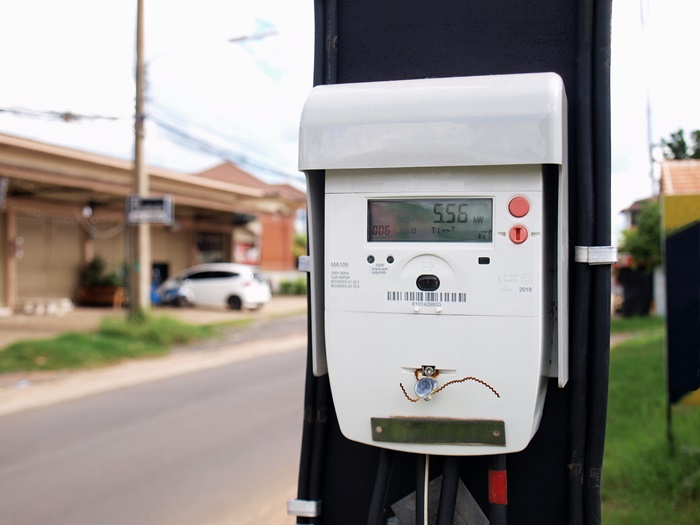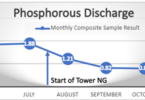Hydraulic modelling helps water utility achieve energy savings and reduce carbon footprint
Public Utility Company ‘Waterworks and Sewerage’ Novi Sad in Serbia needed to improve its water supply system in light of the country’s changing energy market. Together with the Regional Centre for Energy Policy Research (REKK), DHI’s engineers used hydraulic modelling to identify energy saving interventions, forecast energy use and provide a cost-benefit analysis to determine the best operational scenarios. The partnership provided a much-needed solution for the water utility, which has not yet developed a hydraulic model for Srem area—the most complex part of the water system—to this day.
*This project has been co-financed by the Western Balkan Green Center of the Ministry of Innovation and Technology of Hungary.
Challenge
The majority of the water supply in the project area is based on pumping water. With about 45 pumps in the vicinity, the water utility was dealing with significant energy requirements and associated costs. A calibrated hydraulic model would best help them determine ways to lower the pumps’ energy use. The intention was also to use the model results to calculate how to reduce CO2 emissions. Due to the water system’s complexity, no hydraulic model has been developed.
Solution
DHI developed a hydraulic sub-model of the Novi Sad water network consisting of 210 km of pipelines of diameter 100-900 mm (excluding service pipes), primarily made of AC, PE, PVC, and Cl/CLS. The Srem area water network consists of over 15 pressure zones, a high number of pumping stations (about 45 pumps) and 14 storage tanks.
The model represented about 25% of the water system involving 8,800 customer connections. It was carefully modelled to ensure a good match between simulated and observed data; calibration plots were developed for 54 comparison points, 21 flows and 33 pressures or water levels. Energy optimisation measures included a pump operations efficiency review and system-wide energy audit.
DHI’s solutions were to:
- Create a calibrated hydraulic model of the highly complex water system
- Link the energy market forecast model to the hydraulic model
- Provide cost-benefit analysis and suggestions for better operations
- Analyse potential CO2 savings to support climate change mitigation

Electricity price forecast and cost calculations
Using the European Power Market Model that provides wholesale electricity prices for each hour and each country, DHI’s partner REKK helped ViKNS calculate average energy prices to estimate retail price points. REKK derived these conclusions:
- Energy prices are increasing yearly
- Daytime prices are now higher than nighttime because of electricity demand
- When more and more solar energy is used during the day (8am-8pm), daytime prices will become cheaper. This is particularly true during summer months, thus price differences between winter and summer increases further.
Do you have an article or video that you would like to share? Submit your article here or keep up with the latest news from the water industry and wastewater industry by subscribing to our weekly newsletter







